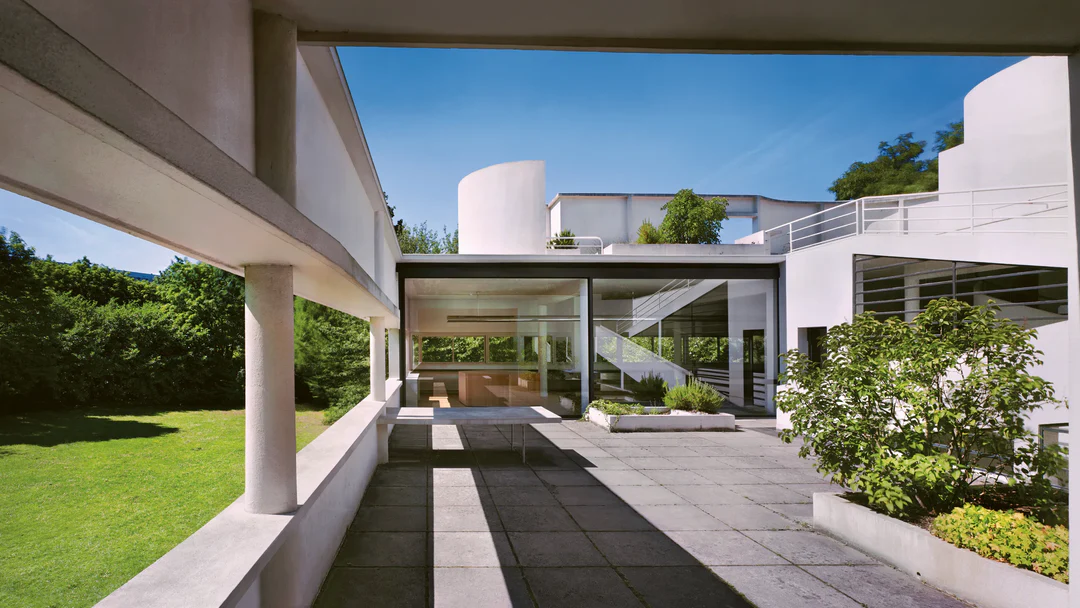Exploring Minimalist Architecture: Less is More
Minimalist architecture is a design philosophy that embraces simplicity and functionality, stripping away the unnecessary to reveal the essence of a space. The mantra “less is more” encapsulates this approach, creating environments that are serene, efficient, and aesthetically pleasing. Here’s a closer look at the principles of minimalist architecture and how they can transform your living spaces.
The Principles of Minimalist Architecture
Simplicity in Form and Function
Minimalist architecture focuses on the essentials, emphasizing clean lines and uncluttered spaces. The design is stripped down to its fundamental elements, where every component serves a purpose.
Open and Light-Filled Spaces
Natural light is a key element in minimalist design. Large windows, open floor plans, and the strategic use of light create airy and bright interiors that enhance the feeling of space.
Clean Lines and Geometric Shapes
Minimalist architecture favors simple, geometric shapes and clean lines. This approach creates a sense of order and harmony, allowing the beauty of the structure to shine through without distractions.
Monochromatic Color Schemes
A neutral, monochromatic color palette is often used in minimalist design. Shades of white, gray, and black dominate, creating a calm and timeless aesthetic. Accents of natural materials like wood and stone add warmth and texture.

Functional Furniture and Fixtures
In minimalist spaces, furniture and fixtures are chosen for their functionality and simplicity. Each piece serves a purpose, and there’s a focus on high-quality, durable materials that withstand the test of time.
Benefits of Minimalist Architecture
Enhanced Clarity and Focus
By eliminating clutter and distractions, minimalist architecture fosters a sense of clarity and focus. The simplicity of the design allows residents to concentrate on what truly matters, promoting a calm and centered lifestyle.
Improved Functionality
Minimalist design is highly functional. Every element is carefully considered and serves a specific purpose, resulting in efficient and practical living spaces.
Timeless Aesthetic
The clean lines and neutral color palette of minimalist architecture create a timeless aesthetic that doesn’t go out of style. This enduring quality makes minimalist homes a valuable investment.
Sustainability
Minimalist architecture often incorporates sustainable practices, such as using fewer materials and focusing on energy efficiency. The simplicity of the design also encourages a more mindful and less wasteful way of living.
Key Elements of Minimalist Design
Open Floor Plans
Open floor plans are a hallmark of minimalist architecture. Removing unnecessary walls creates a sense of spaciousness and allows for better flow and interaction between different areas of the home.
Large Windows and Natural Light
Maximizing natural light is crucial in minimalist design. Large windows and skylights not only brighten the space but also create a strong connection with the outdoors.
Hidden Storage Solutions
To maintain a clutter-free environment, minimalist homes often feature hidden storage solutions. Built-in cabinets, underfloor storage, and concealed shelving keep belongings out of sight, maintaining the clean and tidy appearance.
Minimalist Decor
Decor in minimalist homes is kept to a minimum, with a focus on quality over quantity. Art pieces and accessories are carefully selected for their impact and significance, rather than overwhelming the space.
Examples of Minimalist Architecture
Farnsworth House by Ludwig Mies van der Rohe
The Farnsworth House is a quintessential example of minimalist architecture. Its transparent walls and open plan epitomize the principle of “less is more,” creating a seamless connection with the surrounding nature.
Tadao Ando’s Church of the Light
This iconic structure by Tadao Ando showcases minimalist design through its simple form, use of natural light, and emphasis on the spiritual experience. The cross-shaped opening allows light to flood the interior, creating a powerful visual impact.
Casa del Fascio by Giuseppe Terragni
Casa del Fascio is a masterpiece of minimalist architecture, featuring a stark geometric form and an emphasis on transparency and light. Its simple, yet bold design makes a lasting impression.
Conclusion
Minimalist architecture is a powerful design philosophy that emphasizes simplicity, functionality, and beauty. By embracing the principle of “less is more,” minimalist homes offer serene, efficient, and timeless living spaces. Whether you’re designing a new home or reimagining your current space, incorporating minimalist principles can create a harmonious and aesthetically pleasing environment that stands the test of time.



